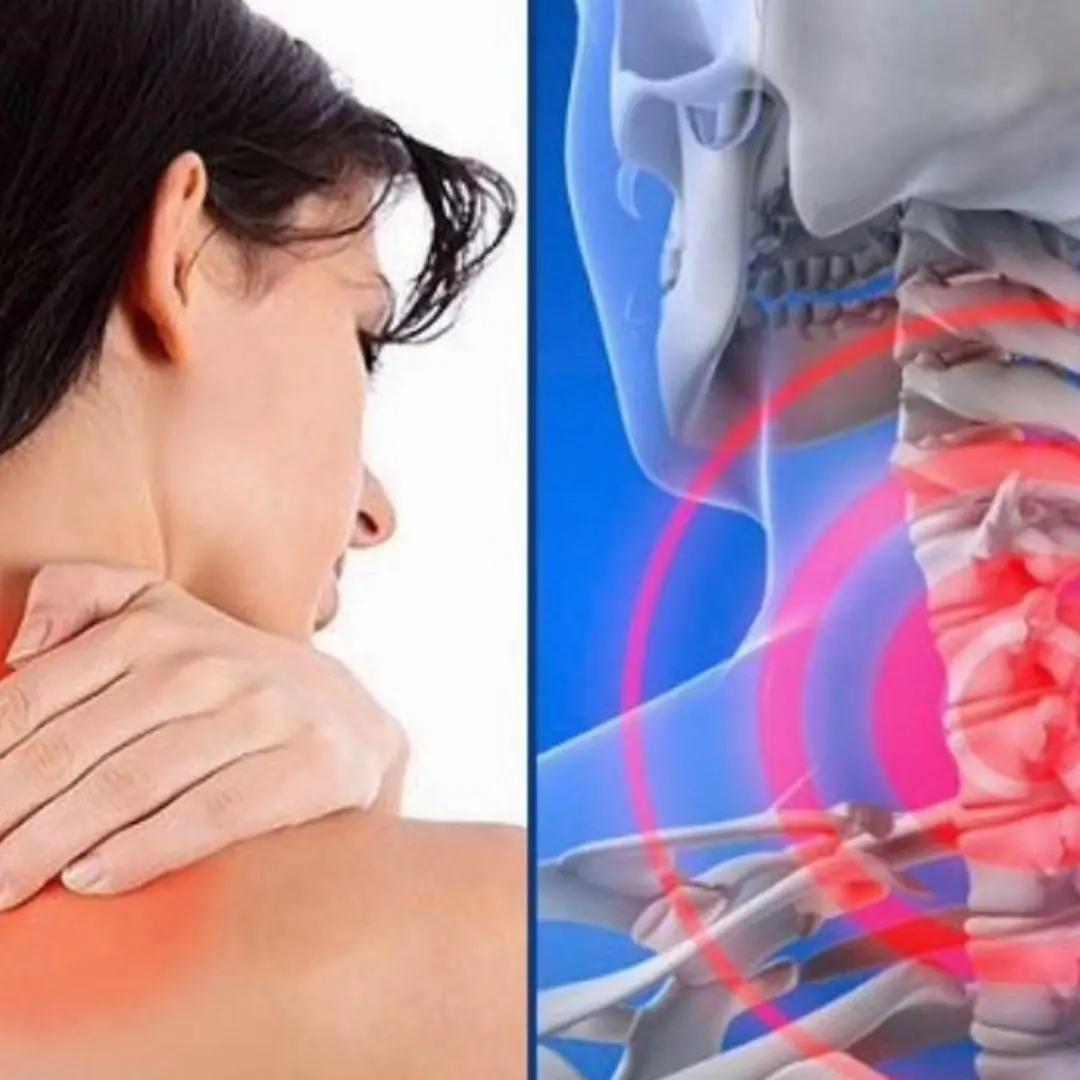
15 Foods That Are Good for People with Hemorrhoids
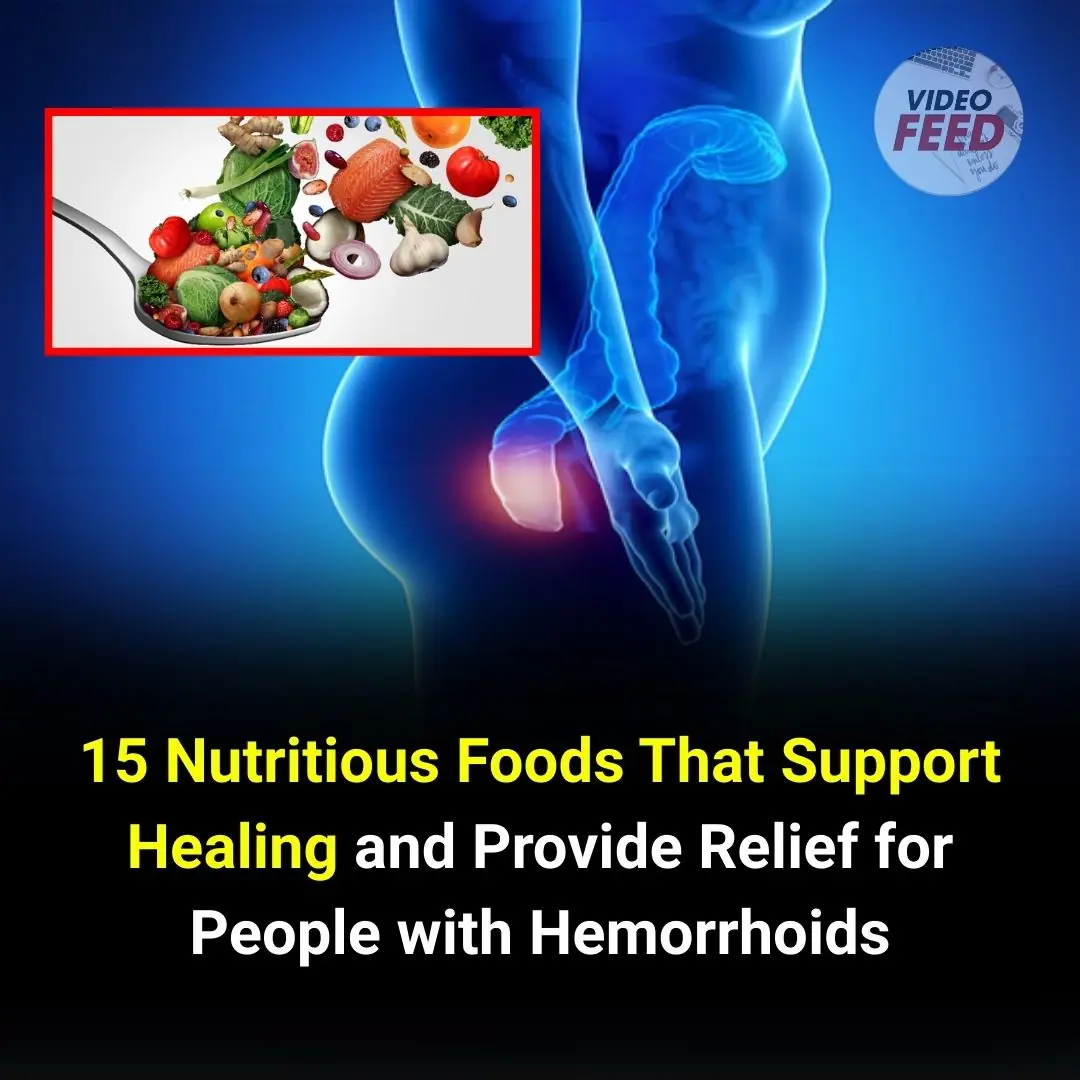
According to MSc. Dr. Trần Thanh Tùng, Head of the General Surgery Department at Phu Tho Provincial General Hospital, hemorrhoids are a medical condition caused by the excessive dilation of venous plexuses in the anal and rectal area. This leads to swelling, pain, or anal bleeding, especially after bowel movements. The three most common symptoms of hemorrhoids are rectal bleeding during defecation, prolapsed hemorrhoids, and anal pain.
15 Best Foods for People with Hemorrhoids
(Photo: MSc. Dr. Trần Thanh Tùng, Head of the General Surgery Department, Phu Tho Provincial General Hospital)
According to Dr. Tùng, aside from adjusting lifestyle and work habits, hemorrhoids can be managed through diet.
Patients with hemorrhoids should drink 2–3 liters of water daily, including fruit juices, vegetable juices, and vegetable soups. Fruit juices are particularly beneficial, and it is recommended to drink at least one glass per day.
The diet should be rich in fiber since fiber helps retain water in the intestines, softening stools and allowing them to move more easily.
Patients should avoid salty foods, spicy and hot dishes, stimulants, excessive sugar and starch, as well as greasy and fatty foods.
1. Fiber-rich foods help control hemorrhoids effectively
Studies in the U.S. have identified 15 foods that benefit people with hemorrhoids:
1.1 Legumes
Legumes, including beans, lentils, peas, soybeans, peanuts, and chickpeas, are excellent sources of both soluble and insoluble fiber. Soluble fiber forms a gel in the digestive tract and is fermented by friendly bacteria, while insoluble fiber adds bulk to stools. Both are essential for healthy bowel movements.
For example, 1 cup (198g) of cooked lentils contains nearly 16g of fiber—almost half the recommended daily intake of 21–38g for adults.
1.2 Whole Grains
Whole grains retain the bran, germ, and endosperm, making them rich in fiber and nutrients. They are particularly high in insoluble fiber, which promotes digestion and reduces hemorrhoid-related discomfort. Examples include barley, corn, quinoa, brown rice, rye, and oats.
Oatmeal is especially beneficial thanks to its soluble fiber, beta-glucan, which acts as a prebiotic to nourish gut bacteria.
1.3 Cruciferous Vegetables
Broccoli, cauliflower, kale, bok choy, cabbage, and radishes are not only known for cancer-fighting compounds but also provide insoluble fiber. One cup (76g) of raw broccoli contains about 2g of fiber. These vegetables also contain glucosinolates, which support gut bacteria diversity and immunity.
1.4 Artichokes
A medium artichoke (128g) contains about 7g of fiber. Artichokes feed beneficial gut bacteria, reducing constipation and preventing hemorrhoid flare-ups.
1.5 Root Vegetables
Sweet potatoes, beets, carrots, turnips, and potatoes are fiber-rich (3–5g per serving), especially in their skins. Cooked and cooled potatoes also contain resistant starch, which supports gut health.
1.6 Squash
Winter squash, particularly, is high in fiber—about 9g per cup (205g) when roasted.
1.7 Bell Peppers
Bell peppers provide water (93%) and fiber (2g per cup sliced), helping soften stools.
1.8 Celery
One celery stalk (28–31cm) contains 1g of fiber and 95% water, aiding hydration and digestion.
1.9 Cucumbers
Cucumbers are 95% water and provide about 2g of fiber per 100g (with skin). Keeping the peel ensures maximum fiber intake.
1.10 Pears
A medium pear has nearly 6g of fiber, covering 22% of daily needs.
1.11 Apples
A medium apple provides about 5g of fiber, especially pectin, a soluble fiber that softens stools and eases bowel movements.
1.12 Raspberries

Among berries, raspberries are the highest in fiber, offering 8g per cup (123g) along with 85% water content.
1.13 Bananas
Bananas contain both pectin and resistant starch, making them ideal for gut health. A medium banana provides 3g of fiber.
1.14 Prunes
Prunes are a natural laxative, rich in sorbitol, which draws water into the intestines. Eating up to 10 prunes a day or drinking prune juice helps relieve constipation.
1.15 Aloe Vera
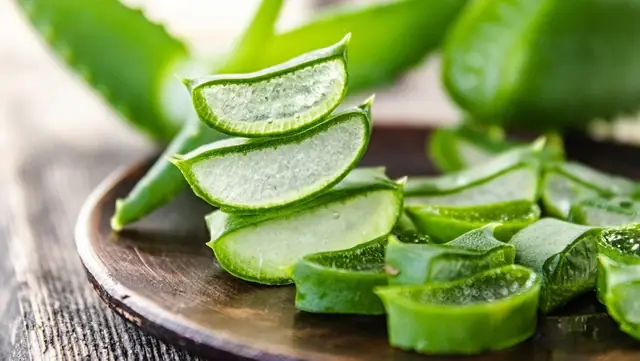
Aloe vera contains glycoproteins and polysaccharides with anti-inflammatory and antioxidant properties. Consuming aloe vera juice or applying it topically can reduce swelling and discomfort.
2. Foods to Avoid with Hemorrhoids
Low-fiber foods worsen constipation and aggravate hemorrhoids. Avoid:
-
Dairy products: Milk, cheese, etc.
-
Refined white flour: Found in white bread, pasta, bagels.
-
Red meat: Harder to digest and may worsen constipation.
-
Processed meats: Sausages, cold cuts (low in fiber, high in sodium).
-
Fried and greasy foods: Difficult to digest.
-
Salty foods: Can cause bloating and increase sensitivity.
-
Spicy foods: May intensify pain and irritation.
-
Alcohol and caffeine: Beer, wine, coffee, soda—can irritate the digestive tract and worsen symptoms.
Expert Advice
Dr. Trần Thanh Tùng emphasizes that in addition to medical treatment, a proper diet plays a crucial role in recovery. Eating smaller, more frequent meals prevents pressure on the abdomen and rectum. Regular exercise, light activities, and avoiding long periods of sitting are also essential to improve symptoms and prevent progression of hemorrhoids.
News in the same category


Headache for 5 days, woman suddenly fell to the ground, co.nvulsed, had difficulty speaking

Summer or winter, Japanese people wear socks to sleep — here’s why!
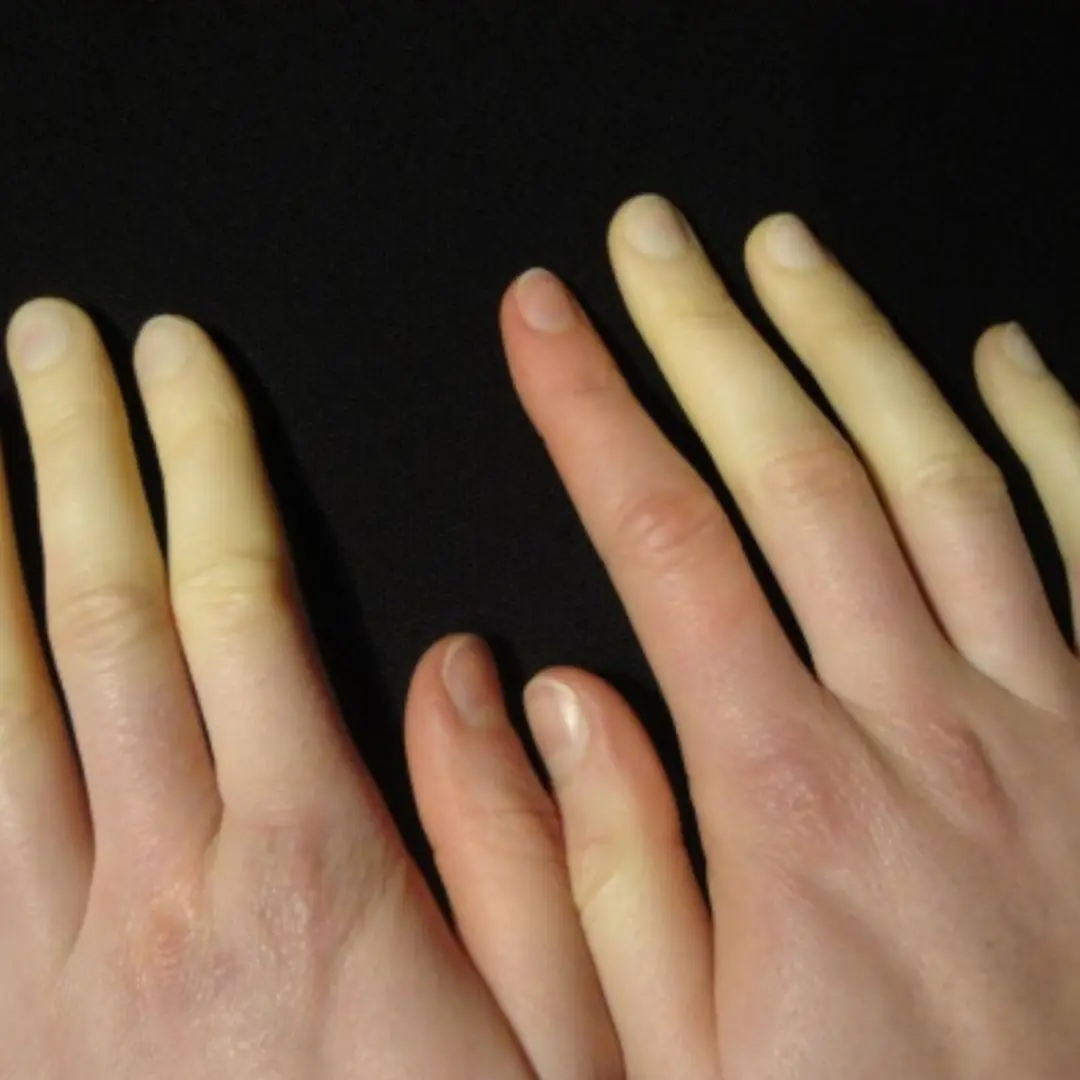
Spot these 10 symptoms? It’s time to see a doctor without delay!

4 Types of Pimples That Could Be a “Disguise” for Can.cer
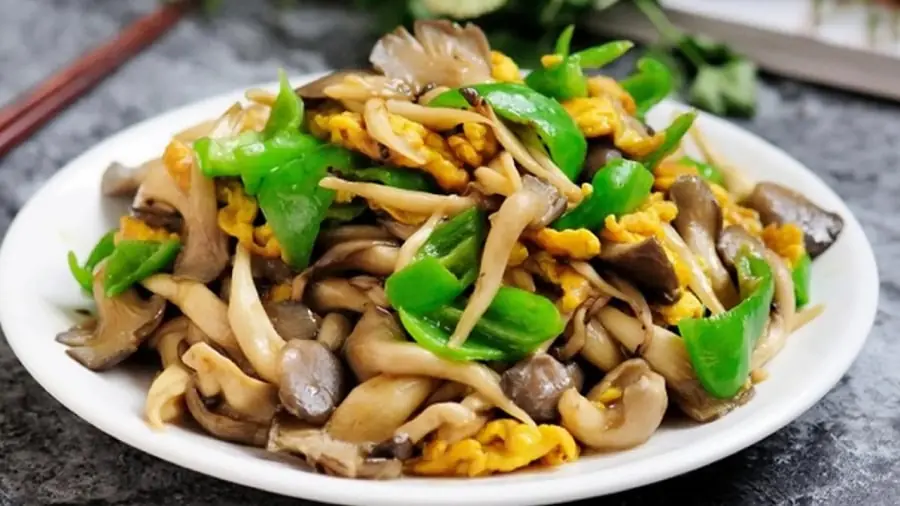
5 Foods That Become Harmful When Reheated
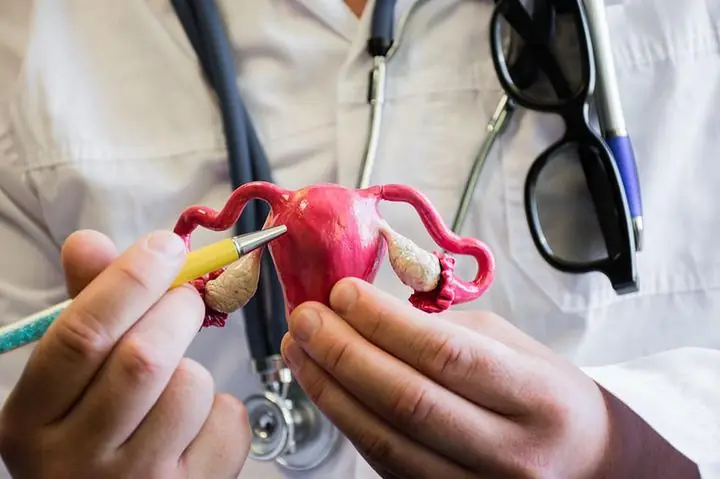
Women Who Regularly Eat These 4 Dishes Won’t Have to Worry About a Cold Uterus

7 Types of Fish High in Mercury: Limit Them No Matter How Much You Like Them
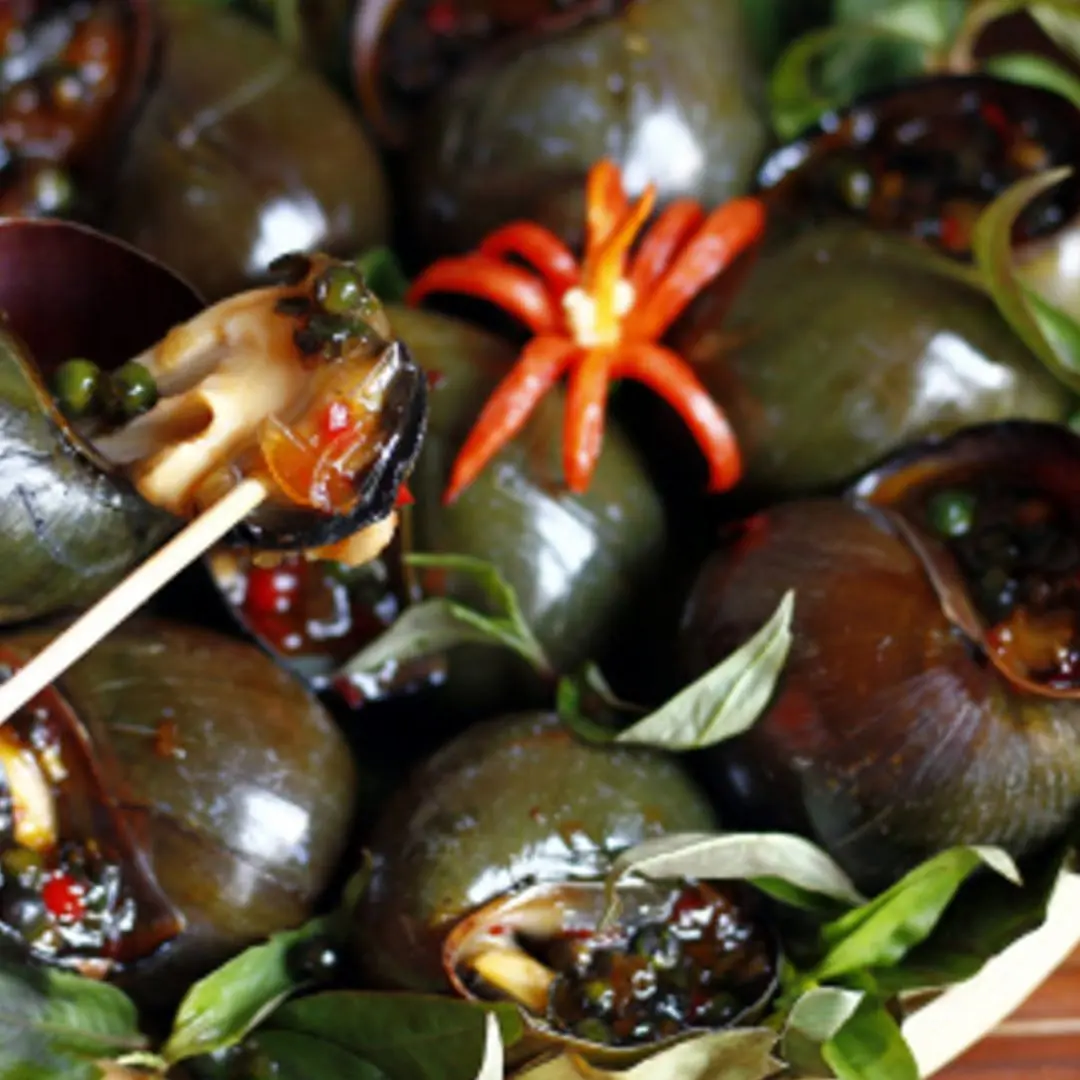
The Worst Foods for Worm Contamination You Should Know About
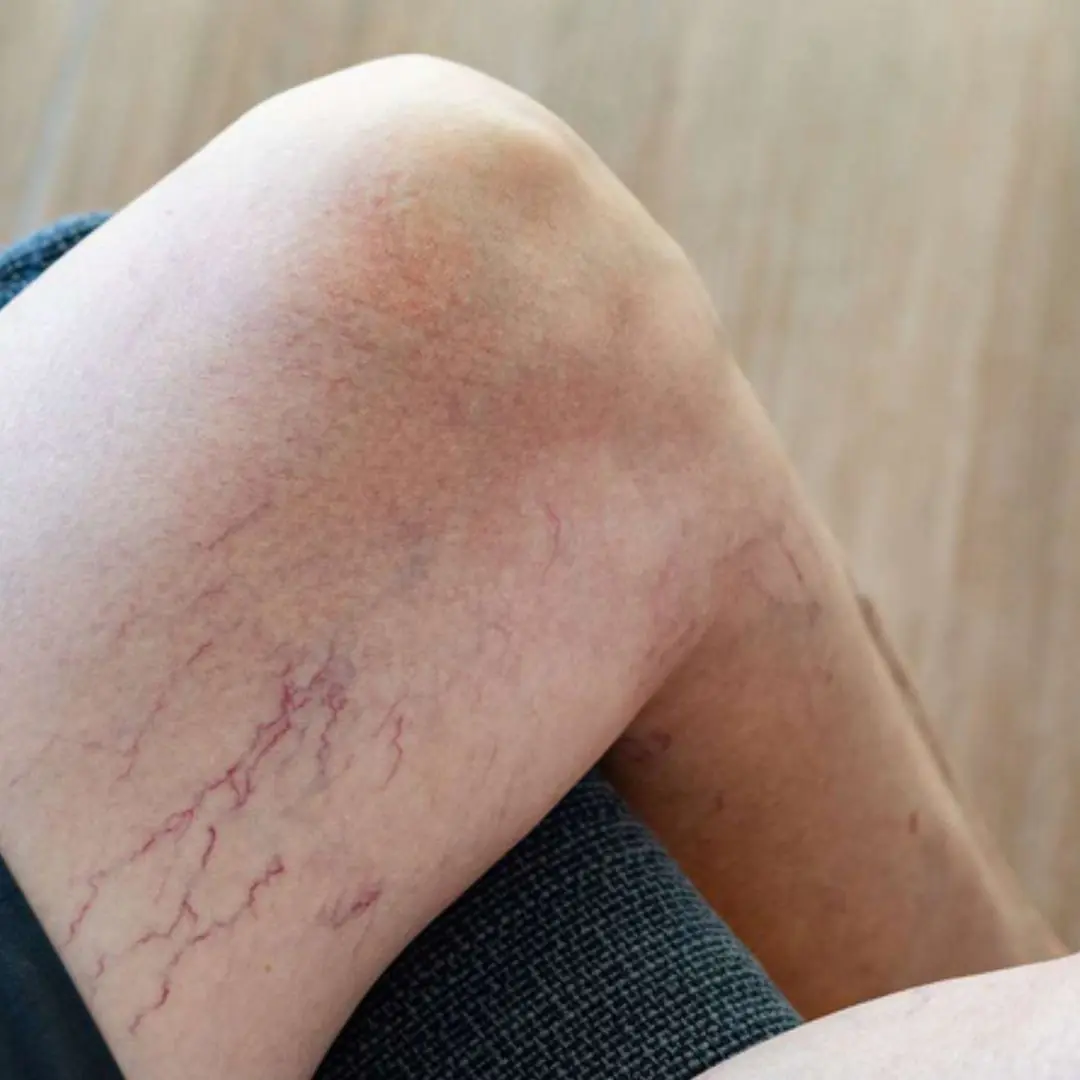
Leg Veins Turning Purple? Here’s What You Need to Know
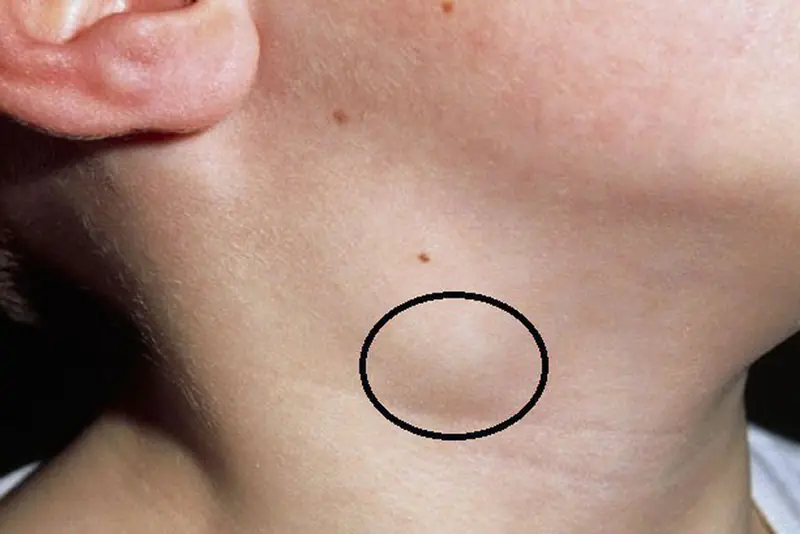
Revealing 6 Obvious Can.cer Warning Signs You Can Spot Just by Looking in the Mirror!

Women on the Verge of “Estrogen Depletion” Often Show 5 Alarming Signs
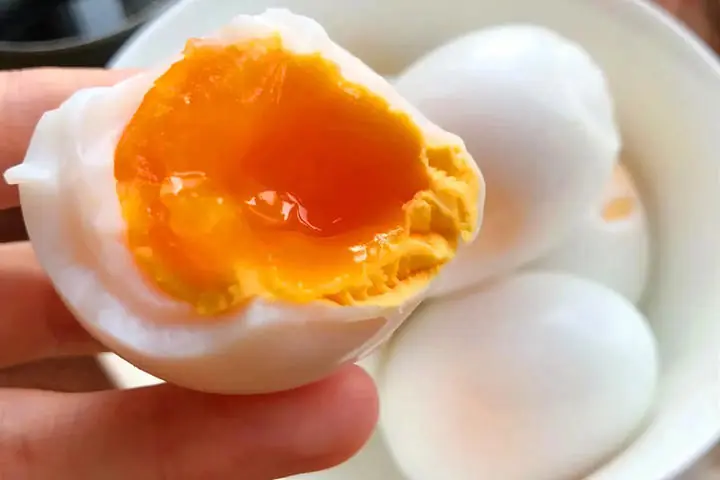
4 Foods Once Branded as “Health Enemies” That Turn Out to Be Superfoods
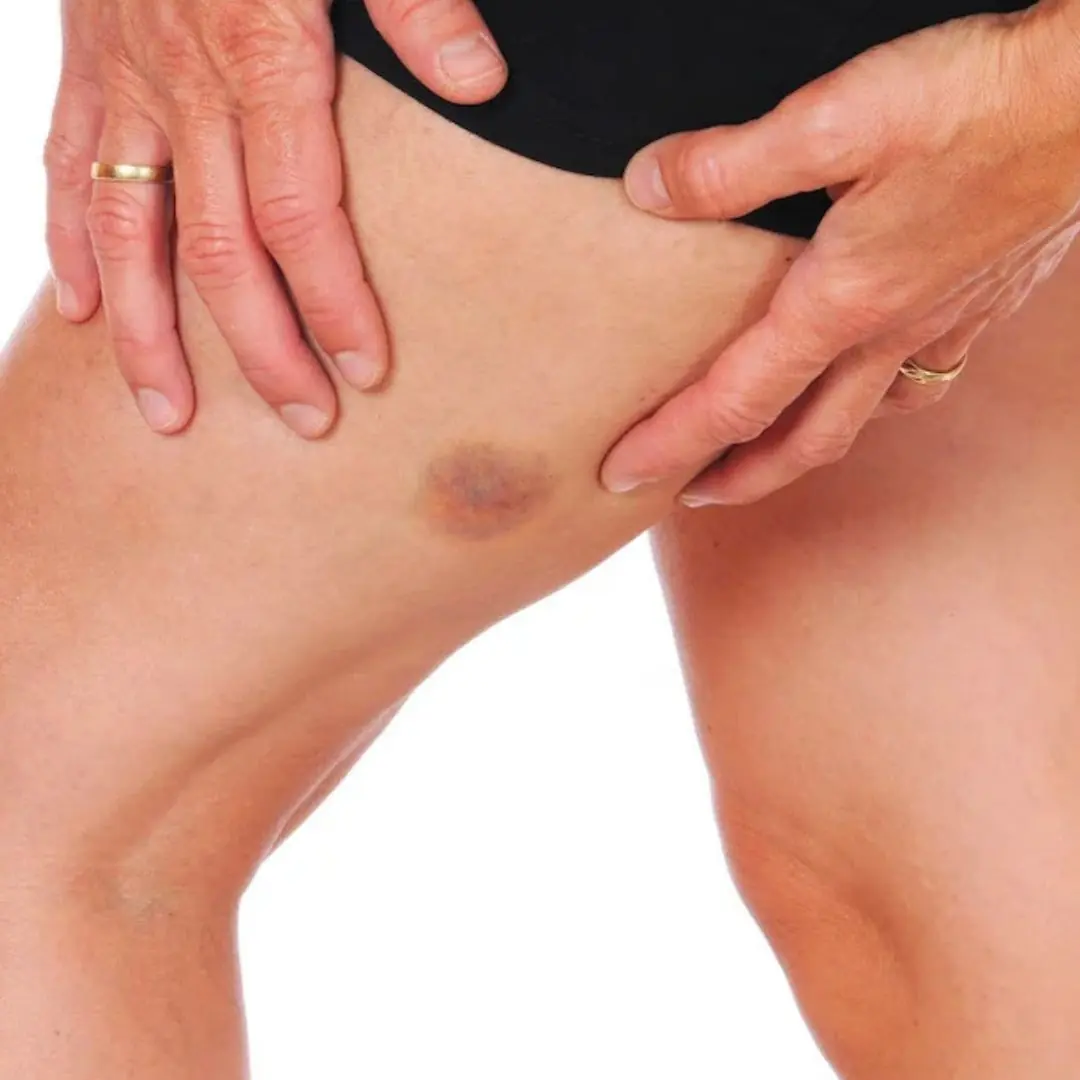
Waking up with bruises on your legs, a dangerous sign that you should not ignore
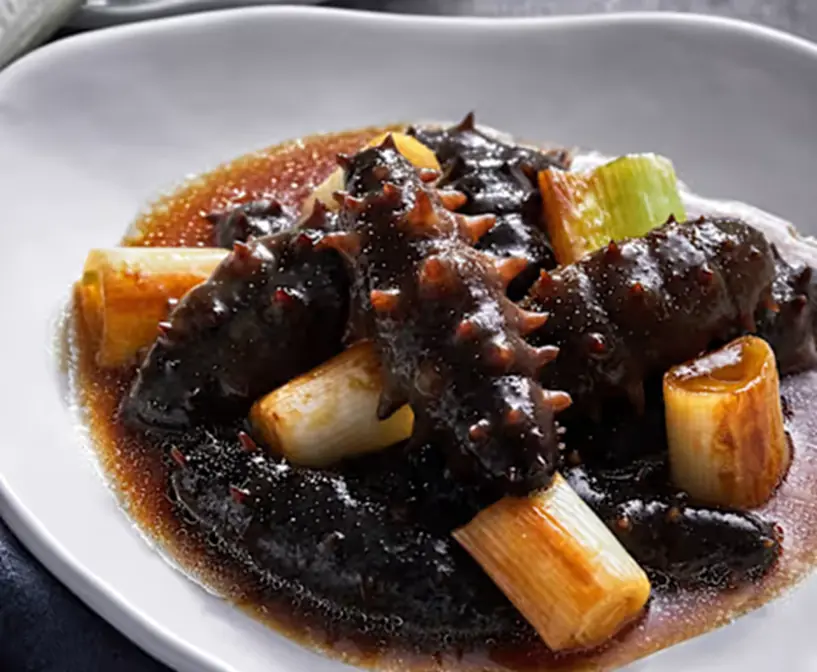
6 Types of Summer Seafood as Nutritious as Ginseng

Not for everyone: 5 groups who should be wary of bitter melon
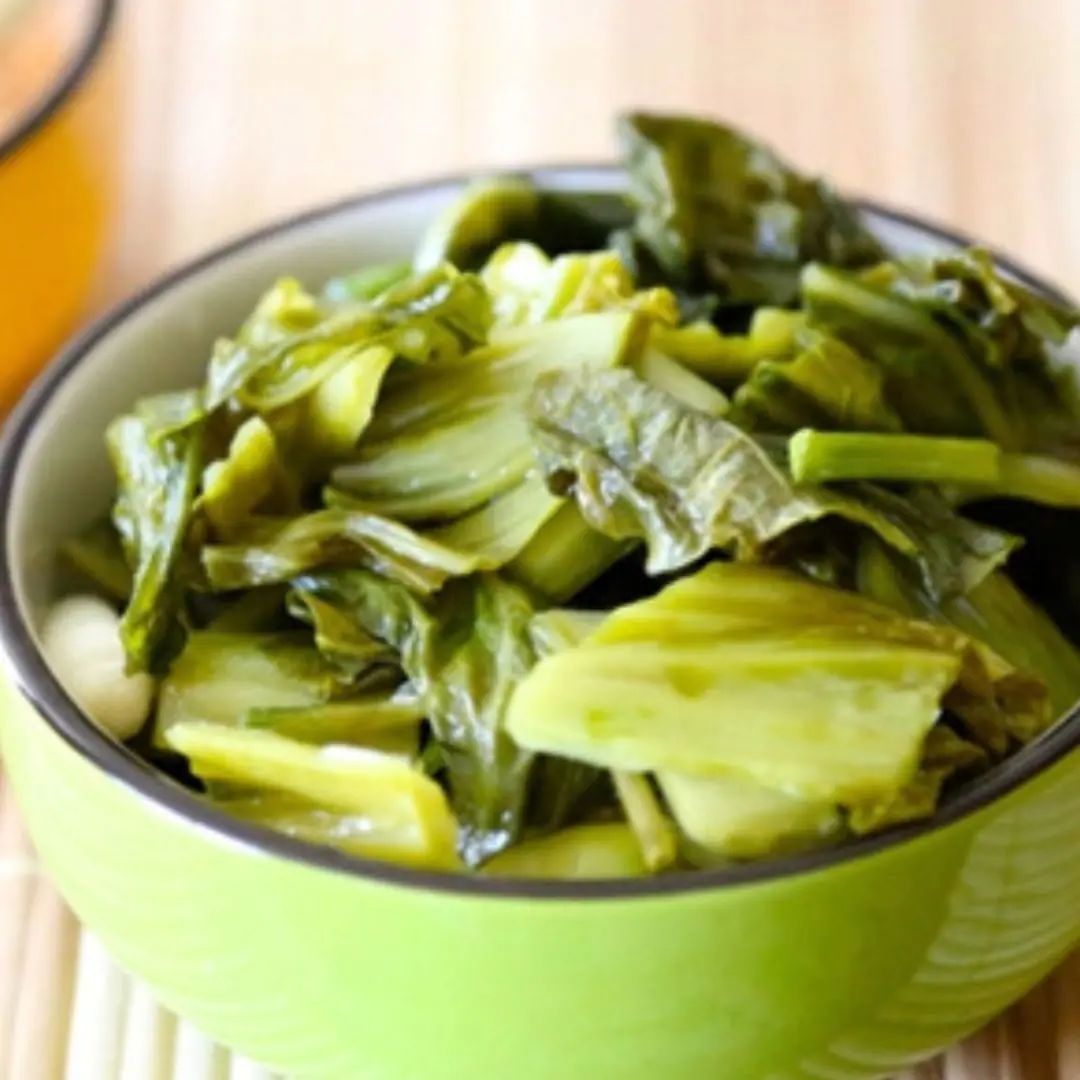
Who needs to cut back — or stay away — from pickled vegetables?
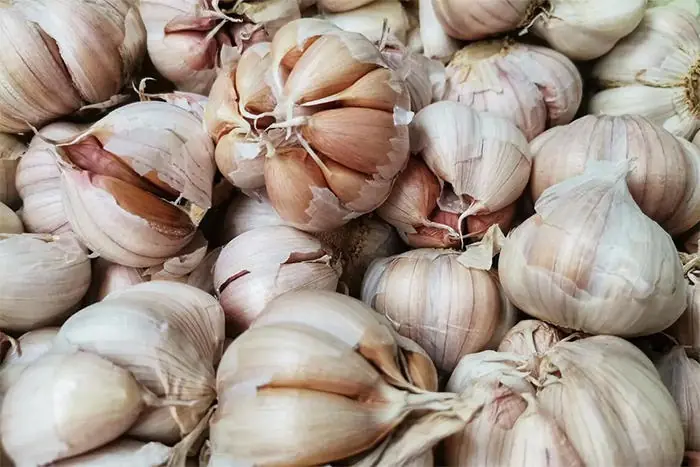
5 Types of Garlic with High To.xin Levels That Could Cost You Your Health

Visible Green Veins in 6 Areas Could Signal Hidden Diseases
News Post

Washing Machines Have a Special Mode That Dries Clothes Faster

Flight attendant explains why cabin crew members always sit on their hands during takeoff

6 things you should absolutely not do when you have neck and shoulder pain because they destroy bones and joints and are terrible for your stomach

8 types of plants that attract snakes into the house

Mixing fabric softener with salt: Great use to solve household problems

Headache for 5 days, woman suddenly fell to the ground, co.nvulsed, had difficulty speaking

Summer or winter, Japanese people wear socks to sleep — here’s why!

Spot these 10 symptoms? It’s time to see a doctor without delay!

4 Types of Pimples That Could Be a “Disguise” for Can.cer

5 Foods That Become Harmful When Reheated

Pour Salt into the Toilet: The Surprising Benefits Every Home Needs

Women Who Regularly Eat These 4 Dishes Won’t Have to Worry About a Cold Uterus

After grandma pas.sed, grandpa found peace in his old cabin - far from home

7 Types of Fish High in Mercury: Limit Them No Matter How Much You Like Them

The Worst Foods for Worm Contamination You Should Know About

Leg Veins Turning Purple? Here’s What You Need to Know

Revealing 6 Obvious Can.cer Warning Signs You Can Spot Just by Looking in the Mirror!

Women on the Verge of “Estrogen Depletion” Often Show 5 Alarming Signs
